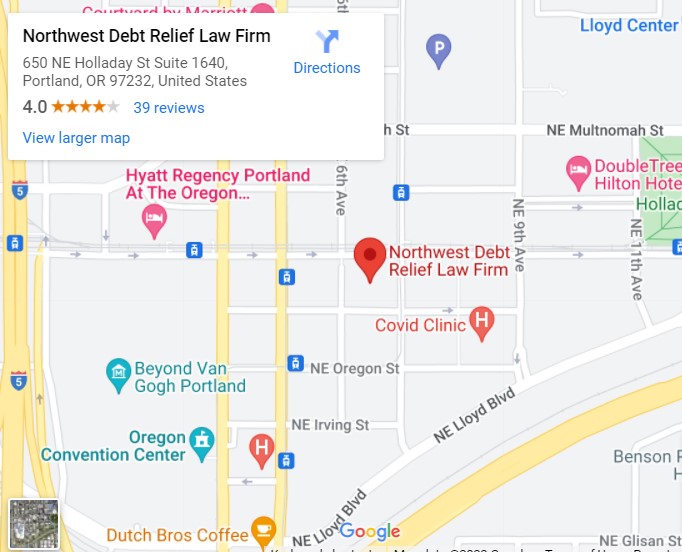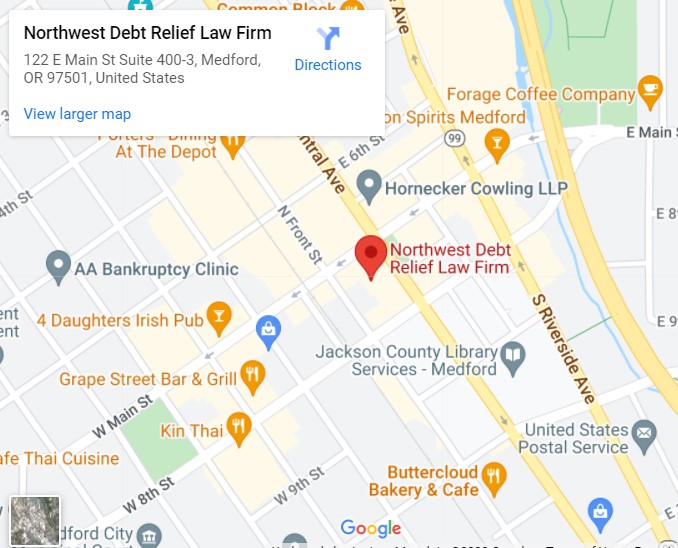The sputtering economy continues to drag more Americans into bankruptcy. Indeed, the number of troubled consumers filing for protection rose in March to its highest level since October 2005. As job losses continue to mount, they may well drag bankruptcy filings along with them.
An average of nearly six thousand bankruptcy cases were filed every day in March, up 38 percent compared with a year earlier. All told, 130,793 people filed for bankruptcy in March.
Lower pay, rising unemployment, fewer people with health insurance, and the foreclosure and mortgage crises are all factors in the huge increase in bankruptcies. And some of the most common factors that tend to lead to bankruptcy filings — divorce and health problems — have not gone away.
But the biggest factor in the current spate of filings may be the tightening of credit. Along with job loss, the tightening of consumer credit is driving the spike in filing. . Compared to 18 months ago, the American consumer does not have the same ability to borrow in an attempt to stave off the day of reckoning. With no income and no credit, it is not surprising that the middle class is looking to the bankruptcy courts for relief.”
Total bankruptcy filings are expected to reach 1.5 million by the end of the year, compared with nearly 1.1 million filings in 2008, an increase of nearly 36 percent. It also means that filings are fast approaching the average number of annual filings of about 1.4 million before the new bankruptcy law took effect in October 2005.
The Bankruptcy Abuse Prevention and Consumer Protection Act, made it more difficult for consumers to erase their debts through Chapter 7 bankruptcies. Those who earn more than their state’s median income are now required to first pass a means test — based on income, living expenses and other factors. If they are deemed able to repay some debts, they are then forced to pursue a Chapter 13 bankruptcy, which sets up a three- or five-year repayment plan and makes it more difficult to get a fresh start.
In a nutshell, bankruptcies happen because financial distress happens,” said Jack Williams, resident scholar at the American Bankruptcy Institute and a bankruptcy professor at the Georgia State University College of Law. “It is hubris to think that we can manage such a complex system by inserting a means test here, a credit counseling requirement there.”
Keith and Leola Gladney of St. Charles, Mo., filed for Chapter 13 bankruptcy last summer. Their problems began to unfold in September 2007, when Mrs. Gladney, who was pregnant, was put on bed rest and could no longer work as a marketing assistant. They lost her income, though she did receive short-term disability payments. In January 2008, Mr. Gladney, 38, lost his job as a manager of an auto parts store. Within months, the couple had fallen behind on the mortgage payments on their home, which they bought for $130,000 in 2004.
They lost the house around the time their son was born in March 2008, and the couple had to move into a hotel with their newborn. Though they eventually found an apartment to rent, the Gladneys decided to file for bankruptcy. Adding to their troubles, Mrs. Gladney, 37, found out last November that she did not have a job to return to.
“It is really stressful for me because I thought I would find another job,” she said.
Mr. Gladney said he was hopeful that he was close to receiving a job offer on one of the 30 or so résumés he sends out daily. “We are trying to keep our heads up and keep a positive attitude and hope things will get better,” he said. “We go to church every Sunday. We haven’t changed our routine.”
If history is any guide, the number of bankruptcy filings will increase through this year, but will not jump as much as they did from February to March because that tends to be a popular time for filing, Professor Lawless said. But if legislation is passed that would allow bankruptcy judges to modify some primary mortgages, filings could rise significantly.
The House has approved a version of that so-called cramdown legislation, but the Senate did not have enough votes to overcome afilibuster by Republicans, who want the modifications to apply to a much smaller pool of loans. The Senate Democrats are working on a compromise, and say they hope they can bring the bill to the floor after Congress returns from recess on April 20.
The power to modify home mortgages would probably lead many more people to pursue bankruptcy to save their homes. If the legislation were to pass, Mr. Lawless said, 1.6 million would be a conservative estimate of the number of bankruptcy filings this year.
“We have to remember that prebankruptcy negotiations take place in the shadow of the bankruptcy law,” he added. “We would expect that banks would be more likely to come to the negotiation table.”
Regardless of what happens, the number of consumers filing for bankruptcy is expected to continue to climb even after the economy begins to recover.
“What is sobering about these numbers is that bankruptcy is generally a lagging economic indicator,” Professor Williams said. “So even as the economy starts to turn around down the road, we will still continue to see bankruptcy filings increase even past that turning point, and that trend will continue anywhere from three to five quarters.”









